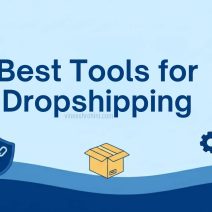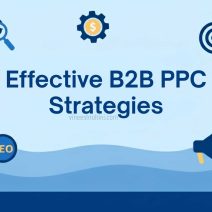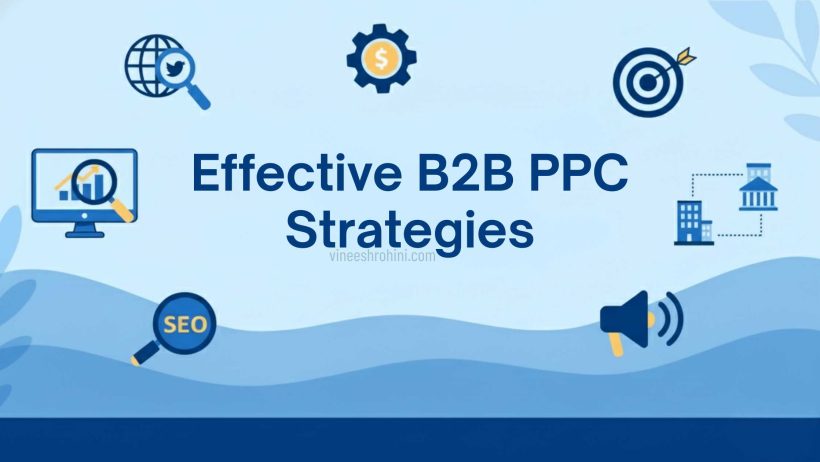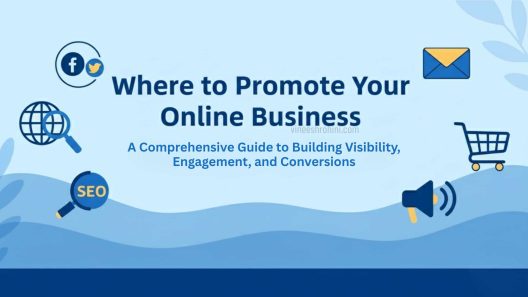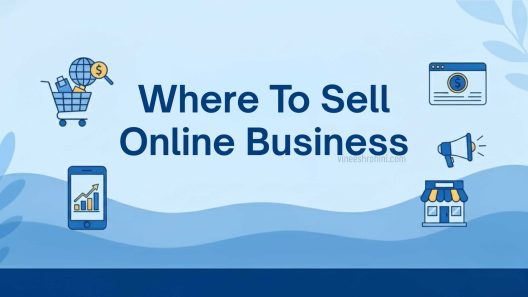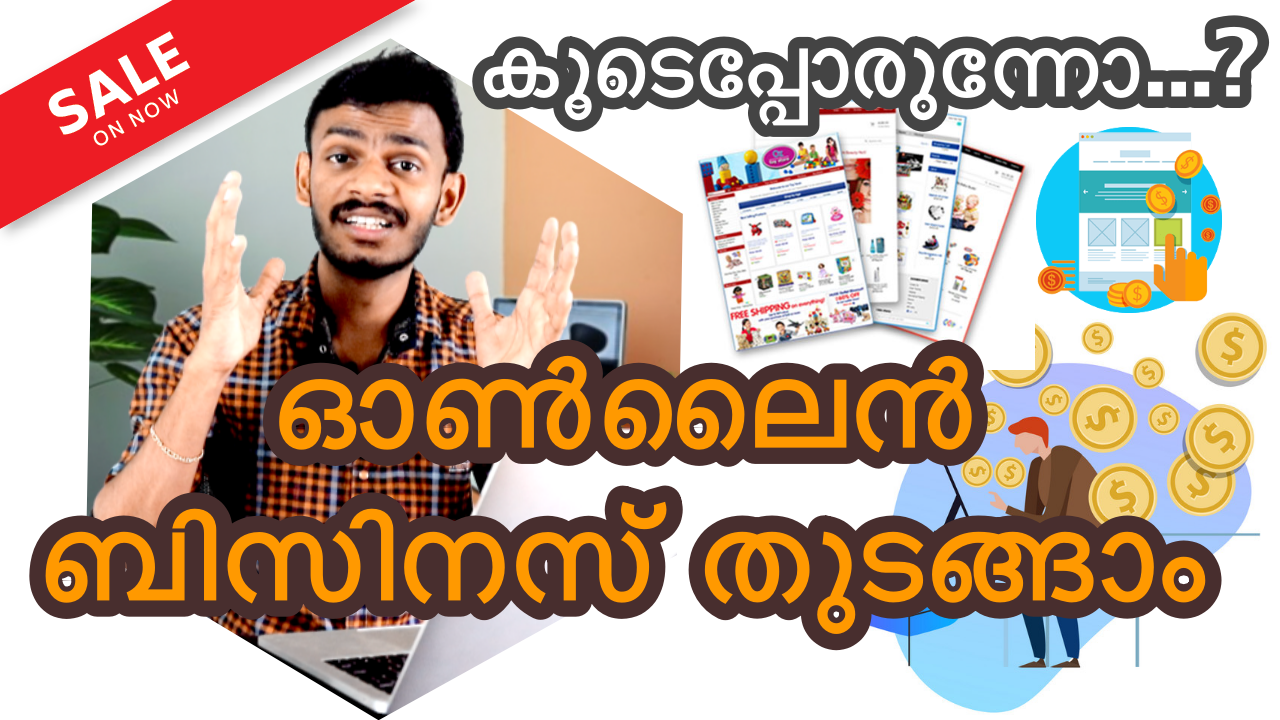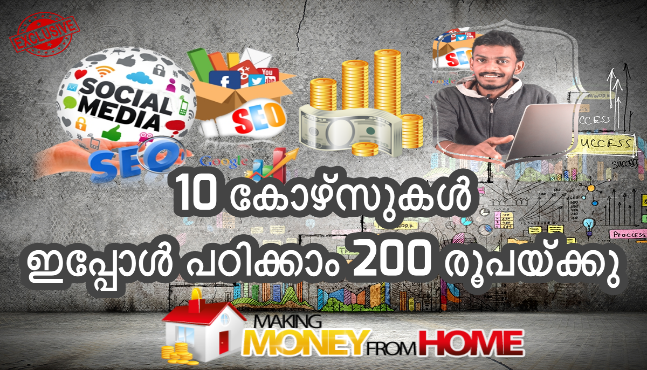B2B PPC Strategies : In the digital marketing landscape, B2B (business-to-business) companies face unique challenges when it comes to advertising. Unlike B2C campaigns, where the audience is broad and impulsive purchases are common, B2B marketing requires a strategic, targeted approach that focuses on decision-makers, longer sales cycles, and higher-value conversions. PPC advertising remains one of the most effective methods for B2B companies to generate qualified leads, increase brand awareness, and drive revenue.
Table of Contents
With evolving digital platforms and constantly changing search engine algorithms, mastering advanced B2B PPC strategies is crucial to unlock your advertising potential. This comprehensive guide explores the most effective techniques, platforms, and tools to maximize ROI, optimize campaigns, and achieve long-term success in 2025.
Understanding B2B PPC Advertising
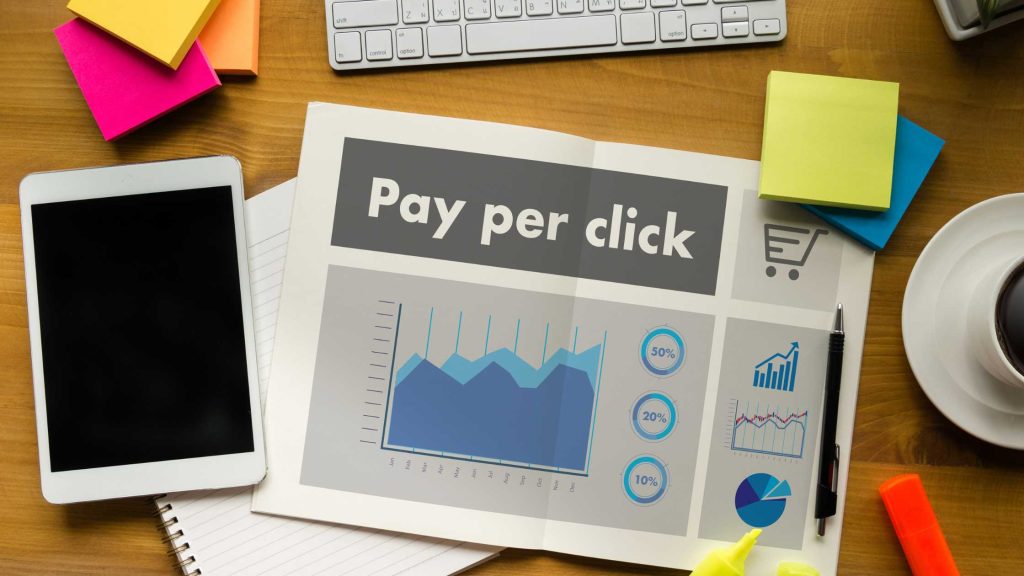
PPC advertising allows businesses to pay for traffic from search engines, social media platforms, or other digital channels. Unlike organic SEO, PPC delivers immediate visibility for targeted keywords, enabling businesses to reach decision-makers at the right time in the sales funnel.
Why B2B PPC is Different from B2C
B2B PPC campaigns differ significantly from B2C campaigns due to:
- Longer Sales Cycles: B2B purchases often require multiple stakeholders and careful evaluation.
- Higher Transaction Values: Each lead can generate significant revenue, making lead quality more important than quantity.
- Targeted Audience: Campaigns must focus on decision-makers and influencers rather than general consumers.
Key Benefits of B2B PPC
- Immediate visibility in SERPs for targeted keywords
- Precise audience targeting based on industry, job title, company size, and more
- Measurable ROI with robust analytics and tracking tools
- Scalable campaigns that can adapt to changing marketing goals
Also Read : Where to Promote Online Business in 2025 : Comprehensive Guide
1. Building a Solid B2B PPC Foundation
Before launching any campaign, a strong foundation ensures campaigns are optimized for success.
a. Defining Campaign Objectives
Clear objectives guide strategy and measure ROI. Typical B2B PPC goals include:
- Generating qualified leads
- Promoting high-value products or services
- Driving webinar registrations or demo requests
- Increasing brand awareness among decision-makers
b. Audience Research
Understanding your audience is critical. Identify:
- Job titles and decision-makers
- Industries and company sizes
- Pain points and needs
- Buying behavior and content consumption patterns
c. Keyword Research for B2B
B2B PPC requires targeting specific, high-intent keywords rather than broad search terms. Use tools like G Keyword Planner, SEMrush, and Ahrefs to identify:
- Long-tail keywords with high conversion potential
- Branded vs. non-branded keywords
- Competitor keywords for market insights
2. Choosing the Right PPC Platforms for B2B

Selecting the right platforms ensures campaigns reach the most relevant audience.
a. G Ads
G Ads is ideal for targeting search-based intent. Use:
- Search campaigns for high-intent queries
- Display campaigns for brand awareness and remarketing
- Performance Max campaigns for cross-channel visibility
b. LinkedIn Ads
LinkedIn is the most powerful B2B platform due to precise targeting options:
- Target by job title, seniority, company size, and industry
- Ideal for lead generation forms and content promotion
c. Bing Ads
Bing often has lower CPCs than G, and B2B audiences using Bing can be highly professional and decision-oriented.
d. Other Platforms
- Twitter/X Ads for industry-specific discussions
- YT Ads for thought leadership and educational content
- FB Ads for remarketing and niche B2B audiences
3. Crafting High-Converting B2B PPC Ads
Effective ads are the heart of successful B2B PPC campaigns.
a. Writing Compelling Ad Copy
B2B audiences respond to clear, value-driven messages. Tips include:
- Highlight pain points and solutions
- Use numbers, case studies, or statistics to build credibility
- Include a strong CTA (Call to Action), e.g., “Request a Demo” or “Download the Whitepaper”
b. Ad Extensions
Enhance visibility and CTR with ad extensions:
- Sitelink extensions for multiple landing pages
- Callout extensions to highlight key benefits
- Lead form extensions for instant conversions
c. A/B Testing Ads
Constant testing of headlines, copy, and CTAs helps identify the best-performing ads. Use multivariate testing for large-scale campaigns.
4. Optimizing B2B Landing Pages
The landing page experience directly affects quality scores, conversions, and ROI.
a. Clear Value Proposition
Communicate your solution clearly and concisely. Include benefits, differentiation, and social proof.
b. Lead Capture Forms
Use short forms for higher completion rates but ensure you capture essential lead data such as email, company, job title, and phone number.
c. Content Alignment
Ensure the landing page content matches the ad message. Misalignment can reduce conversions and increase bounce rates.
d. Mobile Optimization
With an increasing number of B2B decision-makers accessing content via mobile devices, responsive landing pages are essential.
5. Advanced B2B Targeting Techniques

Targeting the right audience is critical for B2B success.
a. Account-Based Marketing (ABM)
ABM focuses on targeting specific high-value accounts rather than a broad audience. Combine PPC campaigns with ABM tools to reach decision-makers directly.
b. Retargeting and Remarketing
Use remarketing campaigns to re-engage visitors who did not convert initially. Segment audiences based on page visits, engagement, or previous downloads.
c. Audience Segmentation
Segment by industry, company size, job role, or engagement behavior for personalized ad experiences.
d. Intent-Based Targeting
Use search data, content consumption patterns, and behavior tracking to target audiences at the right point in the buying journey.
6. Bidding Strategies for B2B PPC
Effective bidding ensures maximum ROI from your ad spend.
a. Manual vs. Automated Bidding
- Manual CPC: Complete control over bids for specific keywords
- Automated Bidding: G’s Smart Bidding uses AI to optimize conversions
b. Target CPA (Cost Per Acquisition)
Optimize campaigns to achieve a specific acquisition cost, ideal for lead-focused campaigns.
c. ROAS (Return on Ad Spend) Bidding
Use ROAS strategies for campaigns aimed at driving revenue, not just leads.
d. Budget Allocation
Allocate higher budgets to campaigns with proven high conversion rates while testing new keywords with smaller budgets.
7. Measuring and Optimizing B2B PPC Performance
Analytics and optimization are key to sustainable success.
a. KPIs to Track
- (CTR)
- Conversion rate
- Cost per lead (CPL)
- Customer acquisition cost (CAC)
- Quality score
- ROI
b. Tools for Monitoring
Use G Analytics, G Ads Reports, SEMrush, Ahrefs, and LinkedIn Campaign Manager to monitor performance.
c. Continuous Optimization
- Pause underperforming ads or keywords
- Refine audience targeting based on behavior
- Test new ad creatives and landing pages
- Adjust bids based on ROI
8. Leveraging Content for PPC Success

Content plays a pivotal role in B2B PPC campaigns.
a. Whitepapers, Case Studies, and eBooks
Offer high-value content in exchange for leads. These materials are highly effective in top-of-funnel campaigns.
b. Video Marketing
Videos increase engagement and dwell time. Use explainer videos, product demos, or webinars to educate leads.
c. Dynamic Content
Personalized landing pages and ads tailored to industry, company, or user behavior increase conversion rates.
d. Blog and SEO Integration
Combine PPC campaigns with SEO content to maximize visibility across search engines and capture both paid and organic traffic.
Buy Now : Professional Business Website
9. Advanced Tools for B2B PPC
Leveraging tools helps streamline management, optimize campaigns, and scale efficiently.
a. G Ads & Analytics
Track performance, measure conversions, and adjust campaigns for maximum ROI.
b. LinkedIn Campaign Manager
Target decision-makers by job title, company size, and industry for precise B2B campaigns.
c. SEMrush & Ahrefs
Analyze competitors, keywords, backlinks, and identify new opportunities.
d. HubSpot & Marketo
Integrate PPC campaigns with CRM and marketing automation to track leads and nurture them effectively.
10. Future Trends in B2B PPC for 2025
Staying ahead requires adapting to emerging trends:
- AI-Powered PPC Campaigns: Automated bidding, predictive analytics, and personalized ad creatives
- Voice Search Optimization: Target natural language queries for B2B buyers
- Hyper-Personalized Ads: Tailor messaging based on behavior, account, and industry
- Cross-Channel Integration: Combine search, social, display, and video campaigns for maximum reach
Conclusion

Effective B2B PPC strategies require a multi-layered, data-driven approach. By combining precise targeting, compelling ad copy, optimized landing pages, and continuous monitoring, businesses can unlock their advertising potential and achieve high-quality leads, increased conversions, and measurable ROI. Staying updated with emerging tools, AI-driven strategies, and evolving platform capabilities ensures campaigns remain competitive in 2025.
Buy Now : Professional Business Website
B2B PPC is not just about spending money—it’s about strategically investing in campaigns that connect with decision-makers, solve their pain points, and build lasting business relationships. With the right strategies, tools, and optimization practices, B2B businesses can achieve long-term success and sustainable growth in an increasingly competitive market.
Disclaimer
The information provided in this blog is for educational purposes only. Results may vary based on industry, competition, ad spend, and campaign management. Implementing these strategies does not guarantee specific outcomes. Always combine professional advice with your own research, testing, and analytics.
Keywords : B2B PPC Strategies – B2B PPC Strategies in 2025
